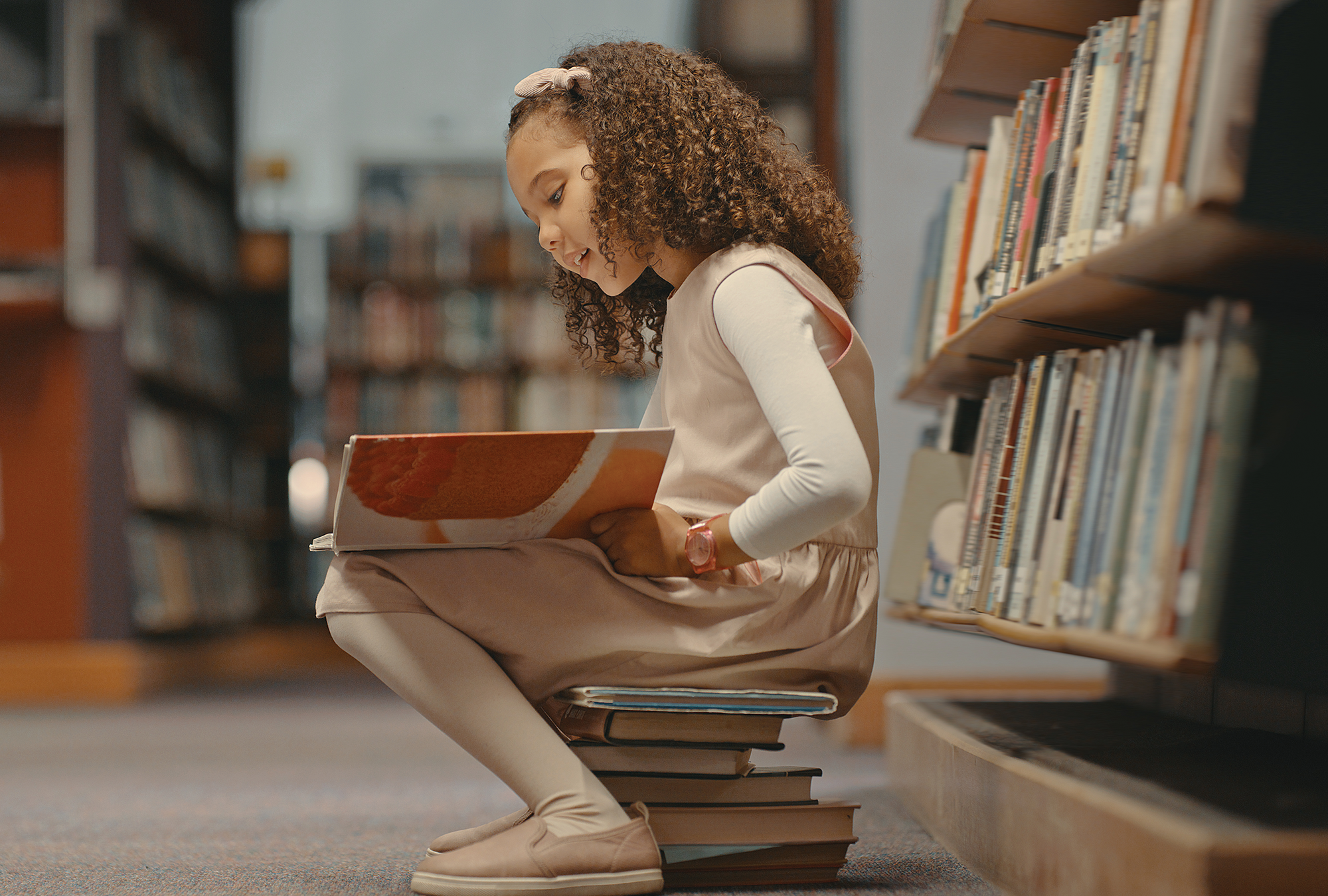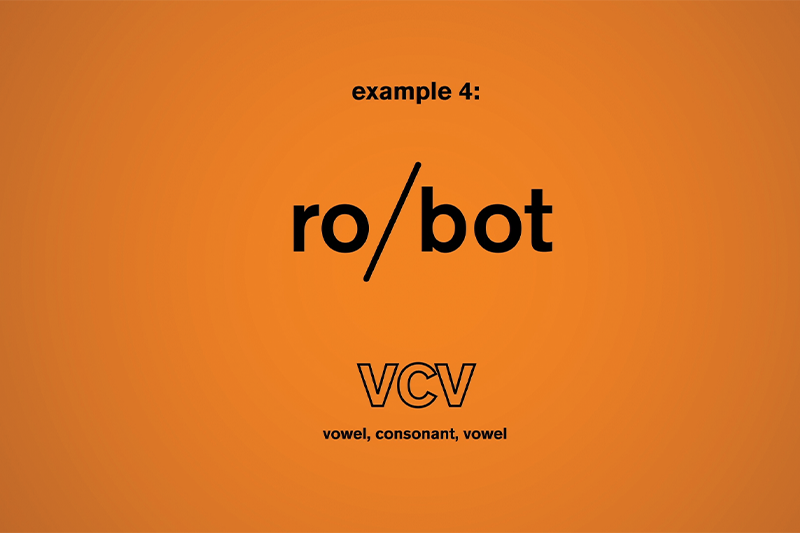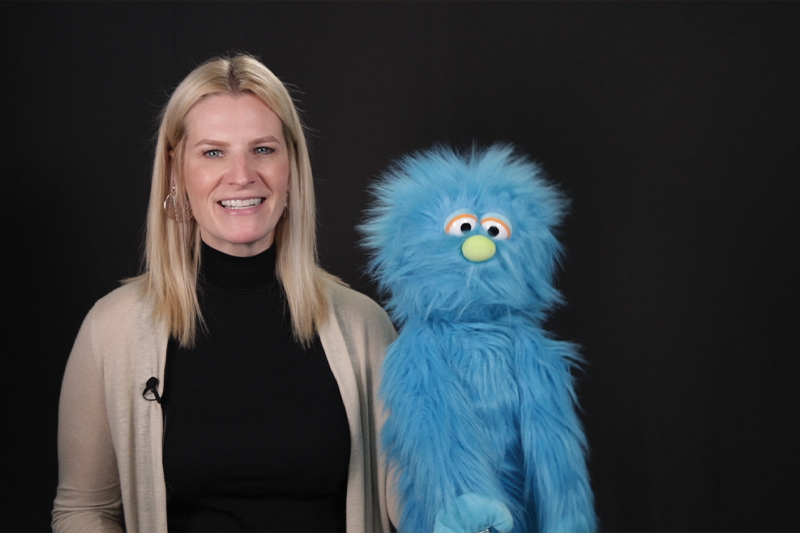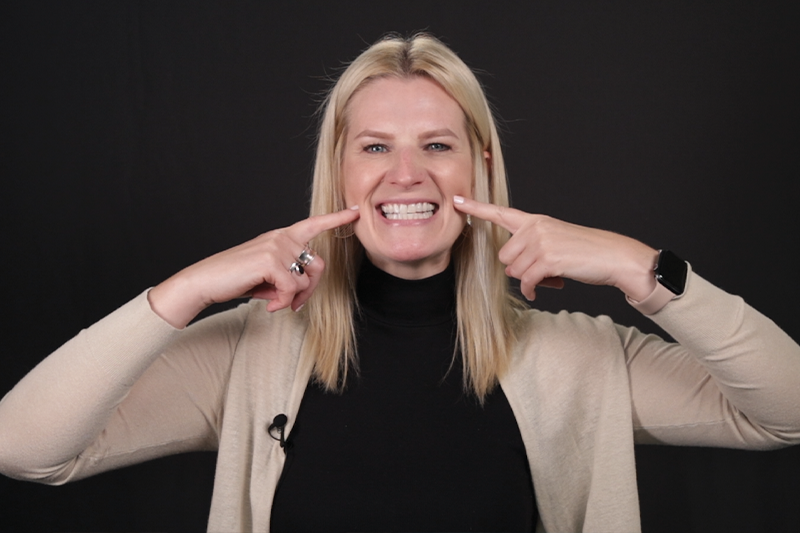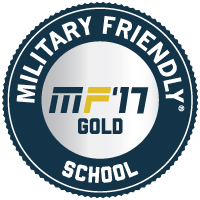A ccording to the U.S. Department of Education’s 2022 National Assessment of Educational Progress, just 30% of New York’s fourth graders read at a “proficient” level, dropping us below the national average for the first time in decades. Enter the Science of Reading: a collection of research-backed educational approaches that have proven to improve literacy outcomes for learners of all ages. An innovative online course from the newly established Science of Reading Center at SUNY New Paltz seeks to equip teachers and school leaders with data-supported tools and techniques to boost childhood reading rates in our state and beyond.
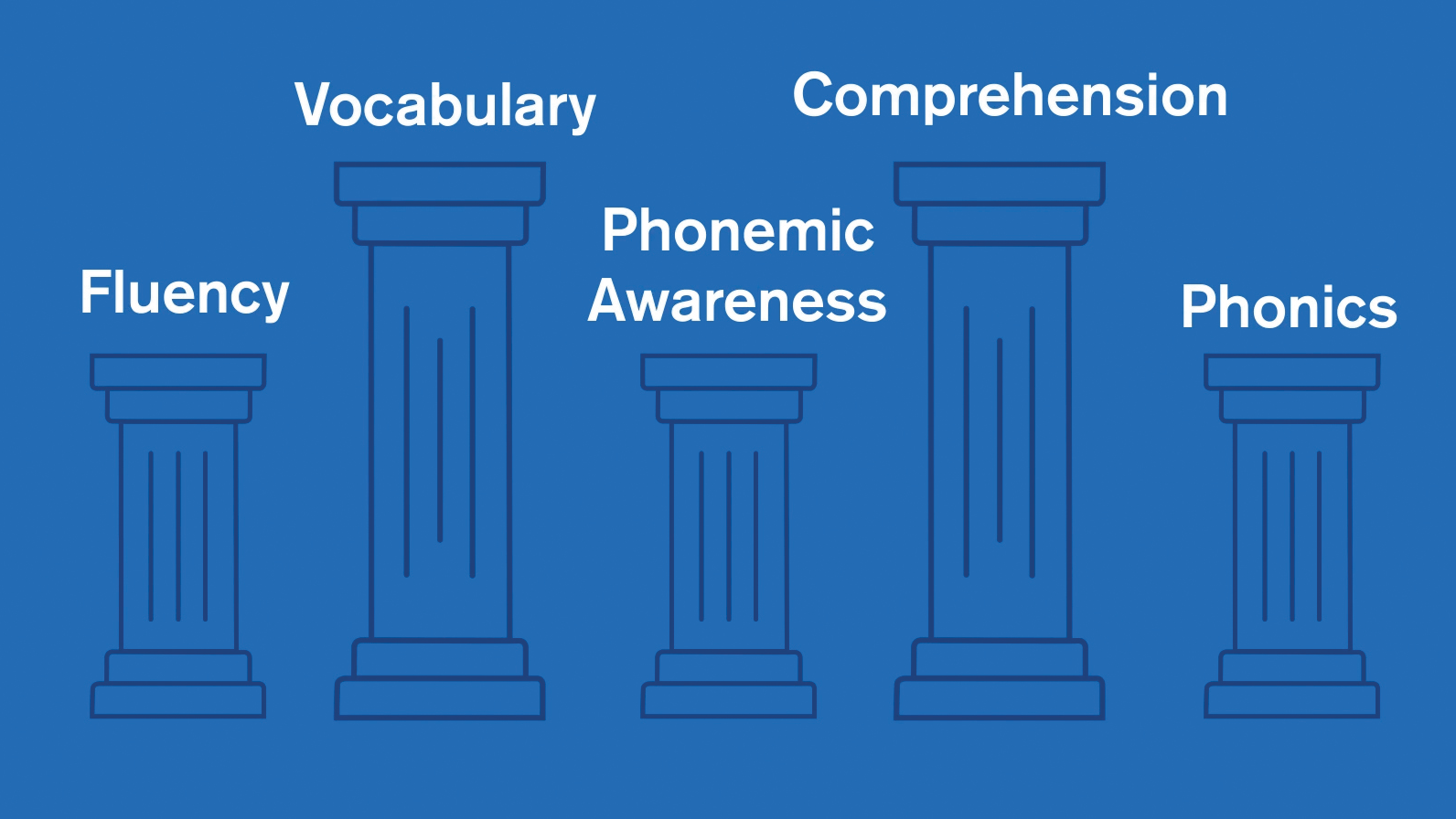
New Paltz alumna Sarah Holbrook ’05 (Elementary Education) ’07g (Special Education) ’17g (Literacy Education) is one of many teachers who have witnessed students struggle with reading. With more than 16 years of experience in elementary education, Holbrook has worked with many students who succeeded, but also some who failed to grasp the very basics of reading instruction and fell behind on benchmarks. Some never gained the ability to read at all.
“At times, I felt completely powerless as an educator,” said Holbrook. “When certain strategies failed, it was heartbreaking. But I knew with the right tools and knowledge I could make a difference for my students and empower other teachers to do the same.”
Convinced she could enact change at the administrative level, Holbrook continued her own education at New Paltz, earning her master’s degree in literacy and eventually leaving her classroom career to work in administration for the Enlarged City School District of Middletown, New York. There, she helps build the curriculum that supports evidenced-based reading instruction to improve literacy rates among school-aged children.
“My passion and the mission of my professional career is to bring really good reading instruction to as many teachers and kids as I possibly can,” said Holbrook.
As an alumna of the University, Holbrook had the opportunity this year to lend her expertise to this ongoing literacy conversation. She was a key contributor in the development of SUNY New Paltz’s new Science of Reading Fundamentals Microcredential, a fully online, self-paced resource that brings core Science of Reading concepts to teachers, district leaders, administrators, education professors and parents.
The curriculum is based on the five pillars of the Science of Reading and was developed by Holbrook, along with Associate Professor Emerita Kathleen Lord, and other faculty experts in New Paltz’s nationally accredited School of Education.
“My hope for teachers is that they can take away something from this microcredential that they can apply on Monday,” said Lord, who is primarily responsible for creating the content found in the within the program modules. “The University wants to make sure that what we are providing makes a profound difference in dayto-day reading instruction.”

The goal of the microcredential at New Paltz is to empower teachers with the knowledge and information needed to administer the educational programs more effectively within their school districts, something Holbrook considers tremendously important in combating the nation’s falling literacy rates.
“Teachers are our greatest resource and by investing in them we are investing directly in the students they are hoping to serve,” she said.
That teacher-focused approach is key, says fellow educator and alumna Amanda DeMaro ’13g (Literacy Education) who already practices the Science of Reading in her classroom at Lenape Elementary School in New Paltz, New York.
“After I trained in the Science of Reading, I felt confident to work with any student, regardless of a program or curriculum,” said DeMaro. “Once teachers have a solid understanding of the framework, that knowledge can never be taken from them. It gives teachers greater confidence knowing they have an evidence-based ‘roadmap’ to follow that addresses students' needs.”
DeMaro serves as a multi-sensory reading teacher working with older elementary students who lack a solid foundation in reading. The instruction they receive under her supervision is a highly explicit and systematic approach based on the Science of Reading.
“Following the science allows me to make a clear plan to effectively teach struggling students,” said DeMaro. “Through implementing science-based practices in my classroom, I’ve seen children who were falling behind begin to make huge strides toward becoming effective readers. Once it clicks for them, it’s sort of magical. You can feel a seismic shift in their confidence that makes all the hard work worth it.”

